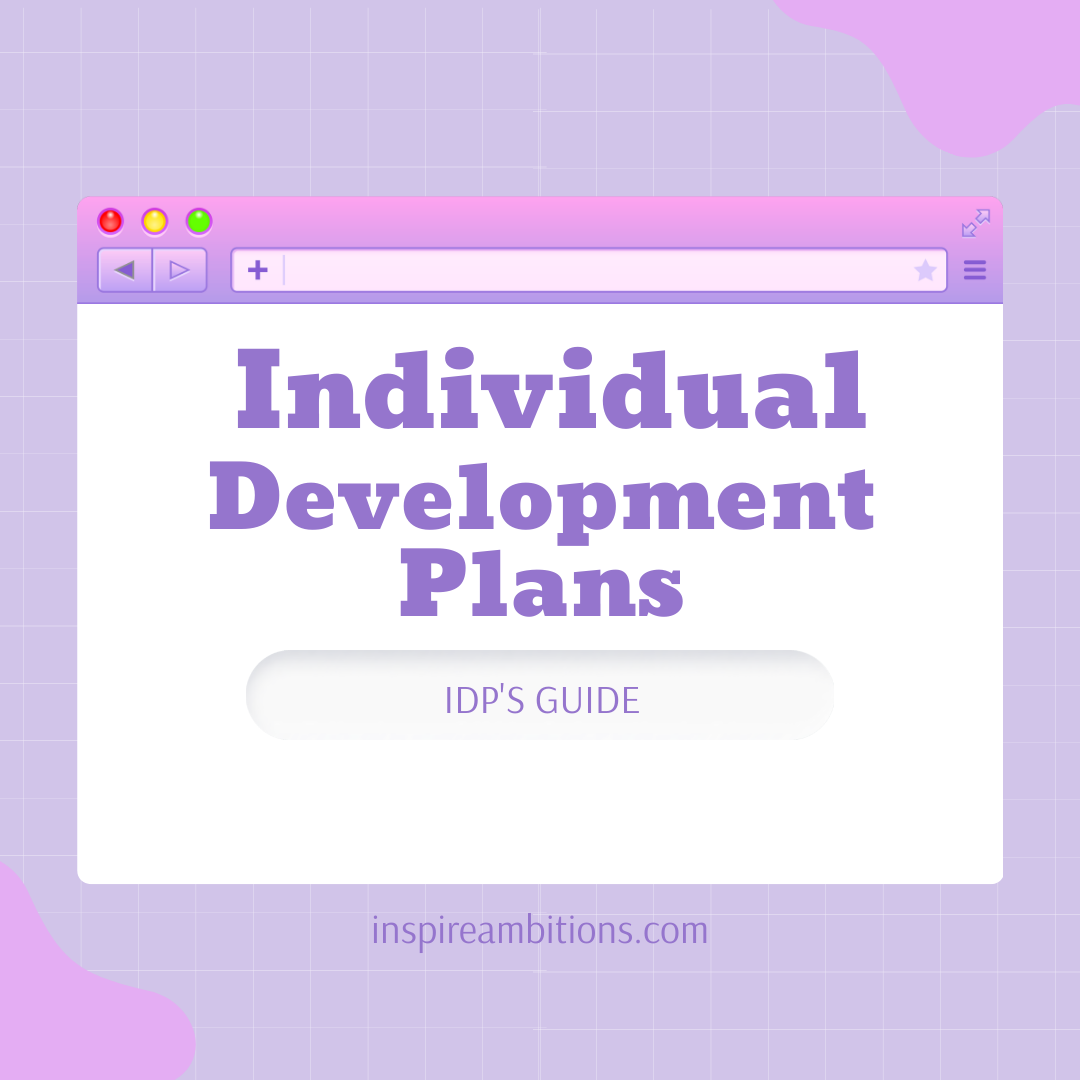Individual Development Plan Template – A Guide for Success
“Failing to prepare is preparing to fail.” When it comes to your career, an effective Individual Development Plan (IDP) can make all the difference. An Individual Development Plan template helps you outline your professional goals, identify necessary resources, and set a clear path to achieve your aspirations.
To get started, you need a template that outlines specific sections such as your name, date, focus areas, and professional goals. By listing development activities — like training courses or workshops — you can progress towards your targets in a structured way.
Having a clear plan not only boosts your motivation but can also make your ambitions more achievable, leading to a fulfilling and successful career. For templates and examples of how to create an effective IDP, check out these individual development plan examples and templates for leaders.
Creating Your Individual Development Plan
Creating an effective Individual Development Plan (IDP) involves evaluating your current skills and performance, establishing clear professional and personal goals, and crafting an actionable plan to achieve these goals. This process helps ensure your growth aligns with both personal aspirations and organizational needs.
Assessing Current Skills and Performance
Start by conducting a thorough self-assessment to identify your strengths and areas needing improvement. This can include formal skills assessments and feedback from managers or mentors. During a performance review, pay close attention to feedback on specific tasks and overall abilities.
Consider breaking down your assessment into:
- Strengths: Identify what you do well and where you excel.
- Weaknesses: Recognize areas that require improvement or further development.
Document these insights to create a clear picture of where you currently stand, which forms a solid foundation for your development plan.
Setting Professional and Personal Goals
Defining goals is critical for an effective IDP. Establish clear, SMART goals (Specific, Measurable, Achievable, Relevant, Time-bound) that align with your career aspirations and personal growth objectives.
You might aim to:
- Enhance your professional skills through specific training.
- Achieve career goals like a promotion within the following year.
- Improve personal growth areas, such as work-life balance.
Ensure your goals are realistic and feasible within your available resources and time constraints. This sets a clear direction and helps maintain motivation and accountability.
Action Plan and Resources
An action plan outlines the steps you need to take to achieve your set goals. List development activities such as workshops, training programs, or online courses. Specify resources required, which could include financial support, time allocation, or access to specific tools.
Create a detailed timeline for each action step, ensuring it fits within your overall plan. For instance:
- Short-term goals: These may include completing a specific course within three months.
- Long-term goals: Aim to develop a new skill over a year.
An organized action plan not only outlines the pathway to achieve clear goals but also incorporates checkpoints for assessment and revision. This ensures continuous progress and adaptability to new challenges or opportunities.
By following these structured steps, your development plan will be a valuable tool for both your personal and professional progression.
Implementing and Reviewing Progress
Incorporating an Individual Development Plan (IDP) involves clear strategies for monitoring progress and adapting plans for continuous improvement. Here’s how to effectively manage and succeed with your IDP.
Monitoring Progress and Evaluating Success
Regularly tracking progress ensures that the development plan remains aligned with both organizational and personal goals.
- Set Clear Milestones: Break down the long-term goals into smaller, achievable milestones.
- Frequent Feedback Sessions: Schedule regular feedback meetings with managers to review achievements and requirements.
- Performance Reviews: Utilize formal performance reviews to assess progress and identify areas for improvement.
- Use Progress Tracking Tools: Leverage tools like Status.net’s IDP template to facilitate regular monitoring and evaluation.
Evaluating success is key to ensuring the IDP contributes to employee performance and career growth.
Adapting the IDP for Continuous Improvement
IDPs should be dynamic documents that evolve based on feedback and changing goals.
- Continuous Learning Opportunities: Invest in new training programs and workshops.
- Adjust Action Plans: Modify action plans based on the feedback from performance evaluations and milestone reviews.
- Incorporate Managerial Feedback: Regular feedback from managers should influence changes in the development plan.
- Align with Organizational Goals: Make sure the IDP aligns with both personal career aspirations and the organization’s strategic goals.
Flexibility and ongoing adjustments ensure that the IDP remains relevant and effective in enhancing skills, boosting employee engagement, and promoting career development.







